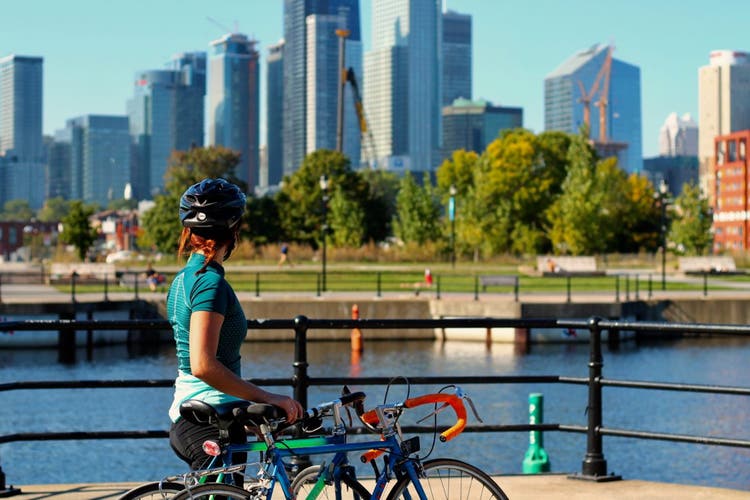News Flash: America’s Fittest Cities, Working Out with an Injury, and Quiet Time

Every week we’re bringing you a roundup of the latest health and wellness news to hit the wire. This week, the healthiest (and unhealthiest) cities in America, how you can help an injured limb by working out the other side and making the case for quiet time.
Do you live in a fit city?
This week, the American College of Sports Medicine (ACSM) released its health and fitness rankings for 100 U.S. cities. Every year, the American Fitness Index evaluates cities based on health behaviors, the incidence of chronic disease and health-boosting community infrastructure to help motivate city residents and government leaders to do better and develop more opportunities and infrastructure to support healthy habits.
The big winner was Arlington, Va., narrowly edging out Minneapolis, Minn. (last year’s winner), and neighboring Washington, D.C., as the nation’s fittest city.
Suburban Arlington has the lowest smoking rate and highest reports of very good or excellent health. Other strong performers were #4 Madison, Wis.; #5 Portland, Ore.; #6 Seattle, Wash.; and #7 Denver, Colo. The least healthy city on the list was Oklahoma City, Okla., with Indianapolis, Ind., Louisville, Ky., and Detroit, Mich. not far behind.
Injure one arm? Work out the other
Good news on the injury front: If you break or sprain a limb, working out the other side helps keep the muscles in the broken or sprained side from weakening and shrinking, according to a study published last month in the Journal of Physiology by the University of Saskatchewan in Canada.
The study, reported in the New York Times, used ultrasound and CT scans to evaluate the wrists of 16 right-handed college students, before covering the left wrist in a hard cast to freeze it in place. Half were asked to do nothing, the others were asked to do a workout program with a weight machine targeting two specific muscles in their right wrist.
One month later, the volunteers who had not exercised showed considerable muscle atrophy in the left wrist. The group working out the muscles in their right wrist, however, had maintained almost all of the left wrists’ muscles’ original size and strength. While slight muscle-mirroring contractions did occur in the injured wrist, researchers think it has more to do with our weird and wonderful nervous system and its influence on the biochemicals coursing through our bodies.
The case for quiet time
Are we losing ourselves in our devices? In this TED post, physicist Alan Lightman argues that the noise and speed of our social media-fueled, always-connected world is diminishing our creative capacity and making us lose sight of who we are and what we value. Lightman argues for screen-free public zones, quiet rooms at work, a no-electronics family hour, periods of silence for kids at school, as well as just spending more unplugged time reading, walking or just sitting quietly. Wasting time, he says, is never a waste of time. It is, he says, a kind of freedom.
Photo credit: Roxanne Desgagnes, Unsplash